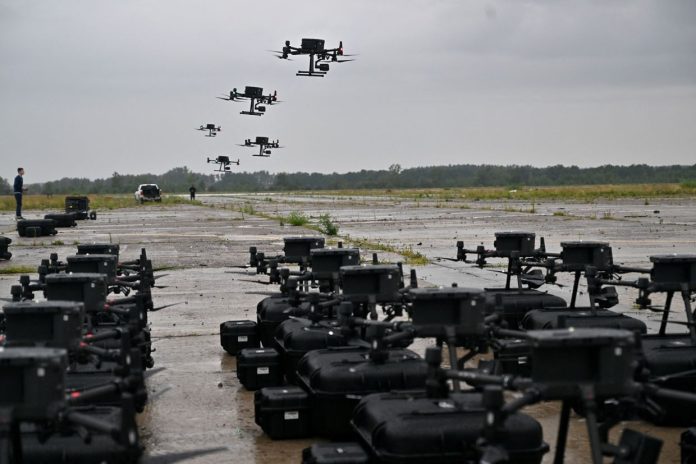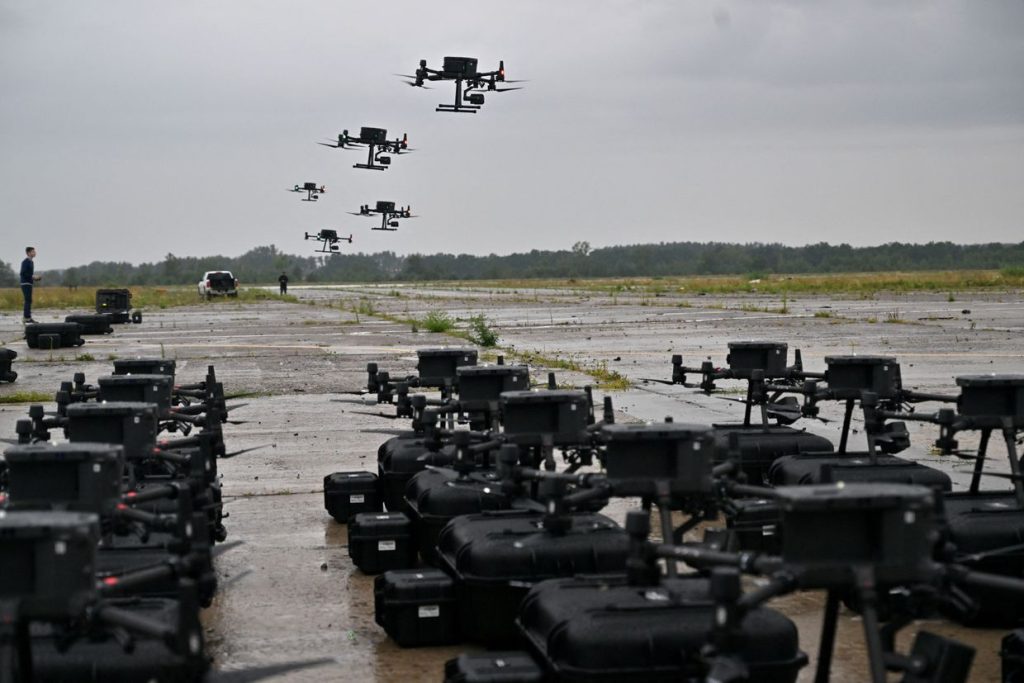
If anyone thought Cold War planes and mass-produced unmanned drones were from ancient history, Ukraine’s recent incursions have made something appear to be downright dinosaur-like. In a war of brains where intelligence equals life and death, the Ukrainian military has raised battlefield creativity to a new level by merging retro platforms with high-tech Western munitions and AI-based reconnaissance. The recent destruction of a Russian drone facility by Ukrainian MiG-29s using US GBU-39 bombs is only the latest move in a war of movement in which country is pitted against country at dizzying velocity.
But it is not just a question of flash-blasts or viral clips of drones. At each successful attack, there is a technological matrix of improvisation, real-time tactical intelligence, and asymmetry operations. From mounting Western precision bombs on Soviet planes to conducting deep-penetration drone strikes within Russia, the Ukrainian approach is making military engineering standards and operational responsiveness the bar. Below are nine trends from Ukraine’s recent campaigns that are redefining conflict’s face.

1. Images of US GBU-39 Bombs on Soviet MiG-29s
Integration of the MiG-29 to carry the American GBU-39 Small Diameter Bomb (SDB) is something that would have been highly improbable a couple of years ago. Recent photos illustrate the SDBs being installed on a BRU-61/A rack on Ukrainian MiG-29s with apparent modifications in pylon adapters to accommodate the new weapon. Based on Defense UA, the SDB integration could have been made possible via solutions already established on the JDAM-ER with targeted adaptation for the MiG-29 hardpoints and avionics.
The SDB’s weight only 130 kilograms permits a single aircraft to deliver more than one bomb, making its strike potential per mission greater. The US Air Force explains, “its small size allows for higher aircraft loadout to make multiple kills per sortie.” This not only lengthens the mission life of earlier systems but provides Ukraine with a precision strike capability that it didn’t previously have using Soviet weapons.
Close-up photographic verification has now authenticated these alterations, technical magic being the focal point.
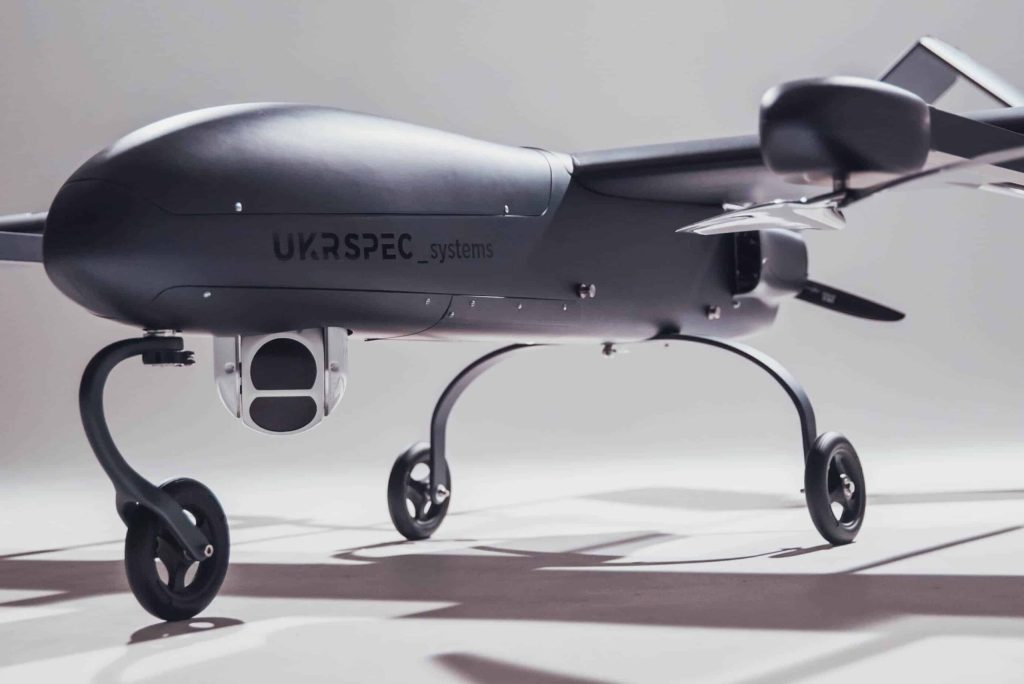
2. Real-Time Targeting and Surveillance with UAVs
Not only was constant destruction of the Russian repair factory for drones a victory for ordinance but for real-time fusion intelligence as well. The Flying Skull company, a top UAV reconnaissance unit, tracked the factory and supplied targeting information to the MiG-29 strike package. This combination of unmanned aerial vehicles and manned aircraft is the signature of Ukrainian operations today.
In the opinion of Defense Express, “this cooperation between strike aircraft and UAV spotters is now a central aspect of contemporary Ukrainian operations.” Detection, identification, and engagement ability of high-priority targets deep behind enemy lines is now a matter of routine, rather than exception, for Ukrainians. UAVs are both surveillance equipment as well as coordination means for strikes, granting commanders with unprecedented situational awareness and enhanced decision-making.
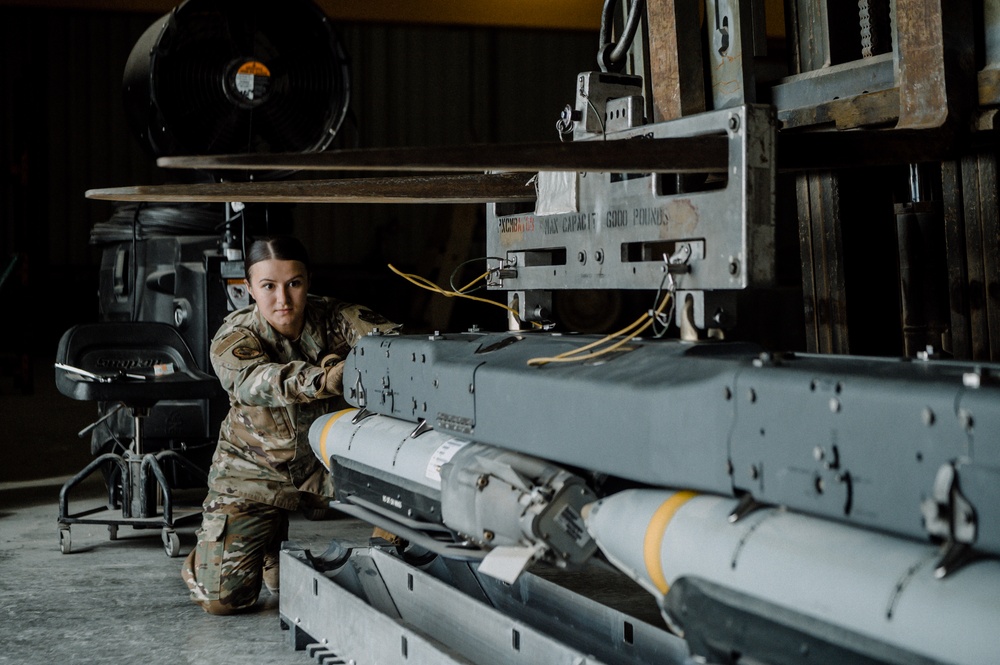
3. Precision Bombing: The Tactical Benefits of the GBU-39
The GBU-39 SDB offers a distinct combination of precision, range, and minimal collateral damage. It can be delivered in inclement weather and depends on GPS to provide precise hits to ranges of 110 kilometers from high-altitude delivery though Ukrainian pilots prefer low-level flight for survivability, which will decrease range.
What is unique about the SDB is that it supports a range of platforms and can bypass electronic warfare countermeasures that could be deployed against variants dropped from an aerial platform. As Defense Express puts it, “air-dropped munitions are more accurate when dropped from aircraft.” With this benefit, Ukrainian aircrew can strike critical infrastructure like drone bases with minimal chance of missing or resulting in collateral damage.The addition of the SDB has provided Ukraine with a potent precision interdiction capability.

4. Operation Spider’s Web: Asymmetric Deep Strikes
Ukraine’s Operation Spider’s Web marked the watershed moment of using drones for strategic impact. On 1 June 2025, the Security Service of Ukraine (SSU) initiated a coordinated strike with drones against four Russian airbases, targeting more than 40 high-value targets strategic bombers and AWACS platforms. The phenomenal reach of the operation, from the Arctic to Siberia, dismissed notions of the invincibility of Russia’s rear-area assets.
The attack depended on tiny drones smuggled illicitly into Russia and launched from concealed truck compartments, avoiding stockpiled air defense. CSIS declared “the success of Spider’s Web represents a remarkable shift in the initiative balance. Ukraine had shown the capability to conduct a coordinated, multi-theater deep-strike operation, some hundreds of kilometers from its own borders, using entirely indigenous systems and asymmetric means.”
Spider’s Web has revolutionized the science of long-distance sabotage.

5. AI and Machine Vision: The Future Frontier of Drone Warfare
Russia and Ukraine are both competing to exploit artificial intelligence and machine learning in their drone capability. Neither has yet fully operationalized, but they are both in recent use of combat operations that include drones with machine vision target recognition for identification and limited autonomy. Operation Spider’s Web involved the use of drones utilizing AI-assisted targeting to find vulnerabilities on aircraft based on museum data that was utilized in training models in addition to battlefield imagery.
Ukraine’s Delta system is a cloud-based application large enough to gather information, analyze it, offer large-scale situational awareness, and aid decision-making, according to the Institute for the Study of War.Machine vision drones are able to stay on course and strike even when communications are jammed, although complete autonomy is still in the works.
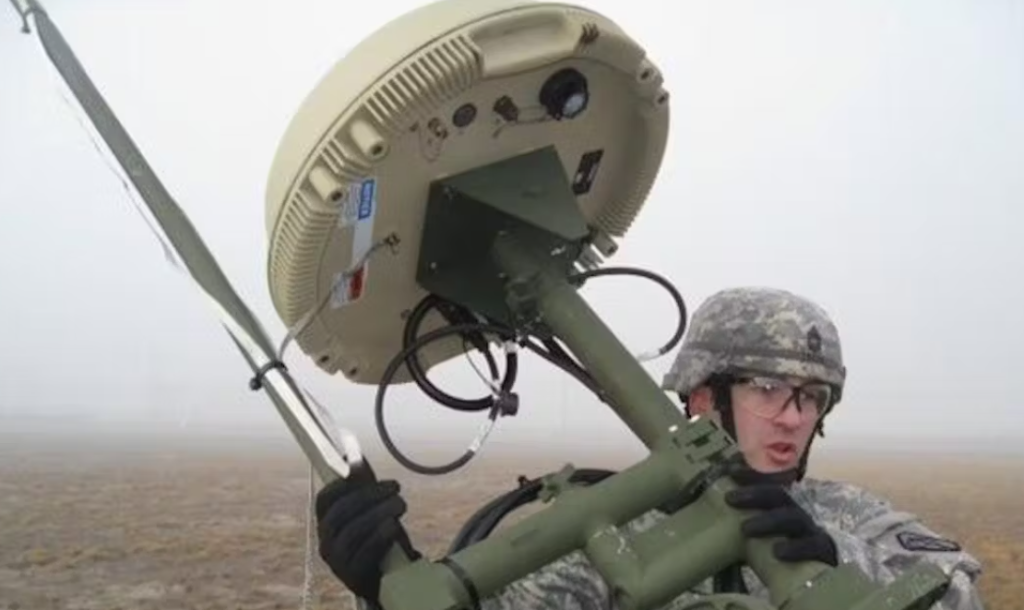
6. Countering Electronic Warfare and Jamming
Electronic warfare has become a distinctive signature on the battlefield in Ukraine. Both use jamming systems to fight drones, but Ukraine responded with adaptive measures. Fiber-optic electronic warfare-immune drones have been manufactured in large numbers, and machine vision drones are being developed to attack in the event of GPS or radio link loss in communication.
As the Institute of the Study of War writes, “fiber-optic drones are not a cutting-edge technological innovation. but Russian troops were able to create new battlefield challenges for Ukrainian troops starting in mid-2024 because those drones were resistant to EW interference.”Ukraine is racing to match this capability, a symptom of the ongoing technological arms race.
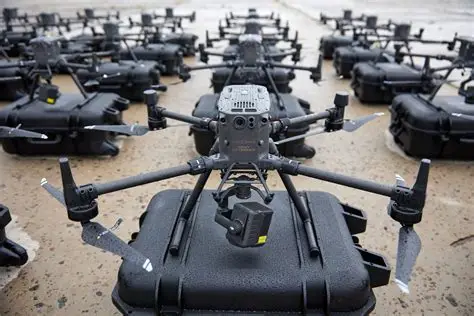
7. Drones Beyond Combat: Logistics, Surrender, and War Crimes Documentation
Ukraine’s technological innovation in the drone has far surpassed the deployment of attack and reconnaissance missions. Unmanned vehicles now carry cargo, evacuate wounded soldiers, and even help in enemy surrenders by leading Russian troops to safety through printed messages or loudspeakers.
Most haunting, perhaps, is the deployment of drones to evidence war crimes. As the Atlantic Council explains, “Ukrainian drones have captured evidence of potential war crimes including the execution of unarmed POWs and attacks on civilians.”This is being banked for eventual use in prosecutions, shifting the moral and legal geometry of contemporary war.
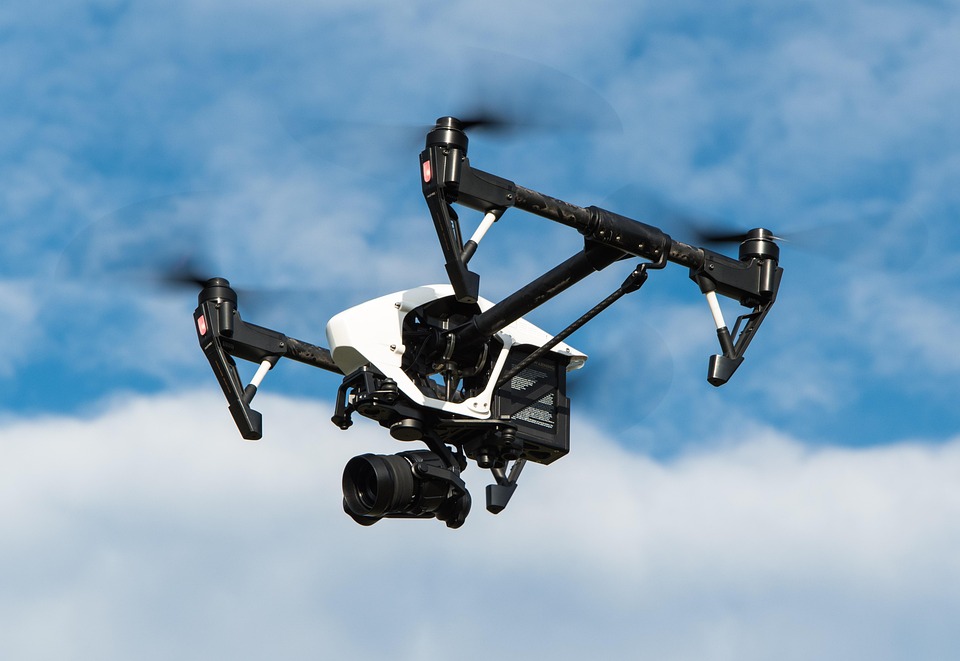
8. Challenges in Scaling AI-Driven Drone Warfare
Despite showing swift progress, both Ukraine and Russia are confronted with challenges in ramping up AI/ML drone operations. In Ukraine, the development is hindered by inadequate financing, insufficient computing, and decentralized design. “Ukraine’s AI capabilities derive from the commercial, open source, and accessible technologies. these AI capabilities are approaching their ‘glass ceilings.'” wrote the Institute for the Study of War.
Russia, meanwhile, is concentrating drone research, risking administrative slippage that could cool bottom-up innovations. Both countries are still testing AI mothership drones and swarm tactics but massive deployment is a future consideration.The AI drone revolution exists but it’s not yet here.
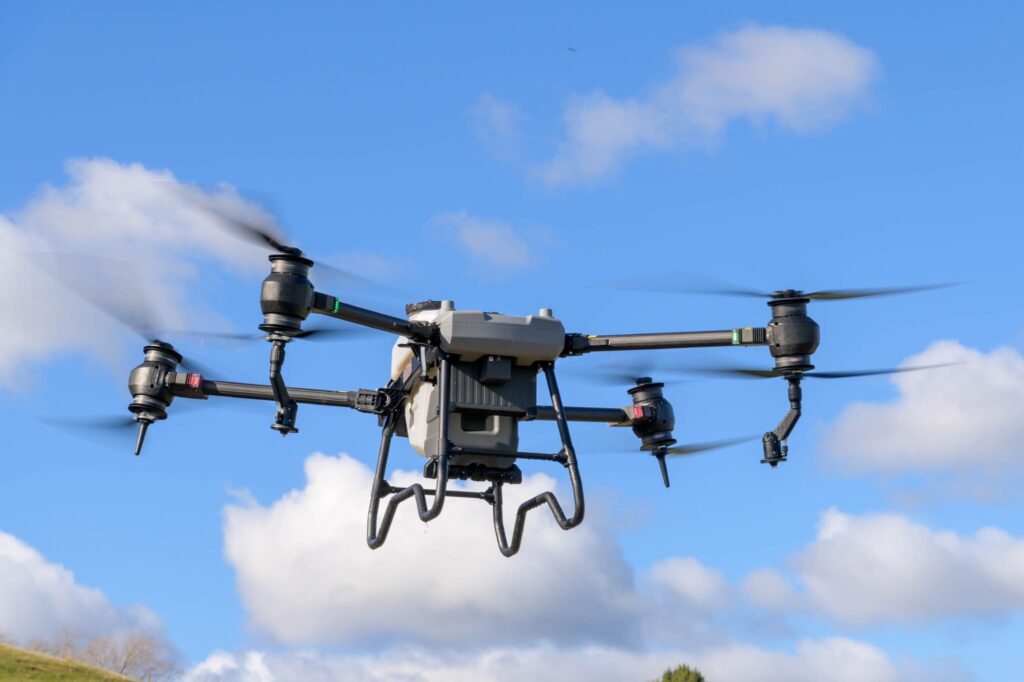
9. Developing Legal and Ethical Principles for Drone Warfare
As drones are being used more and more, Ukraine’s Defence Ministry has published internal rules to help the department ensure it is following the laws of war. The guidelines address issues of medical personnel, surrendering soldiers, and civilians in drone operations.
This effort, the Atlantic Council reports, “is a step toward establishing broader international norms for responsible drone warfare.”The Ukrainian experience is not only influencing tactics on the battlefield, but principles that will shape unmanned war for centuries to come.
The intersection of legacy systems, Western firepower, AI-scouting, and asymmetric conflict is remaking the geography of contemporary conflict. Ukraine’s capacity to learn, adapt, and integrate new combat technologies not only is altering the balance of tactics but also is establishing precedents that will inform military engineering and doctrine globally. As the technology competition continues, the lessons of the Ukrainian campaigns will stay at the top of defense innovation and analysis.
